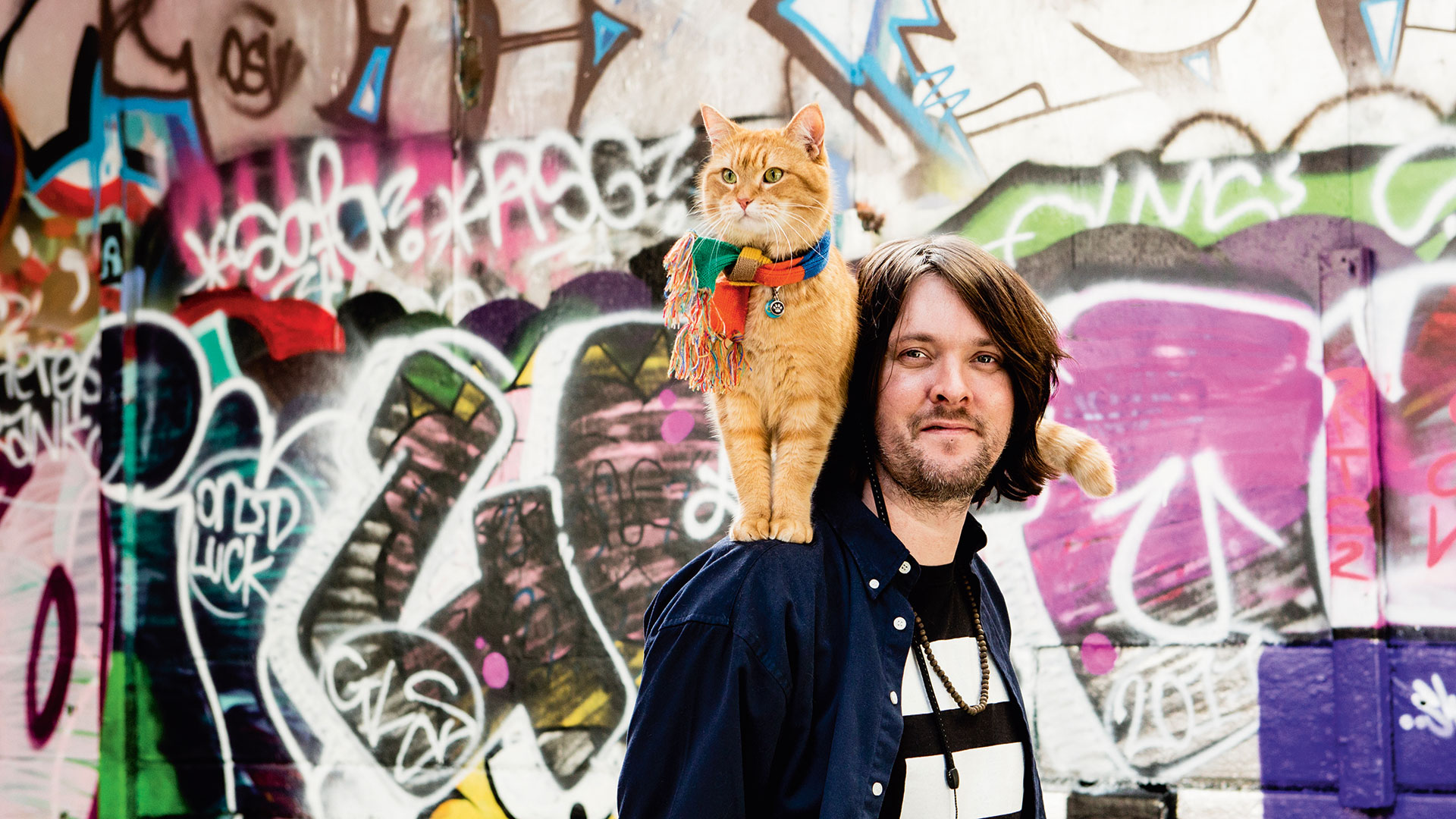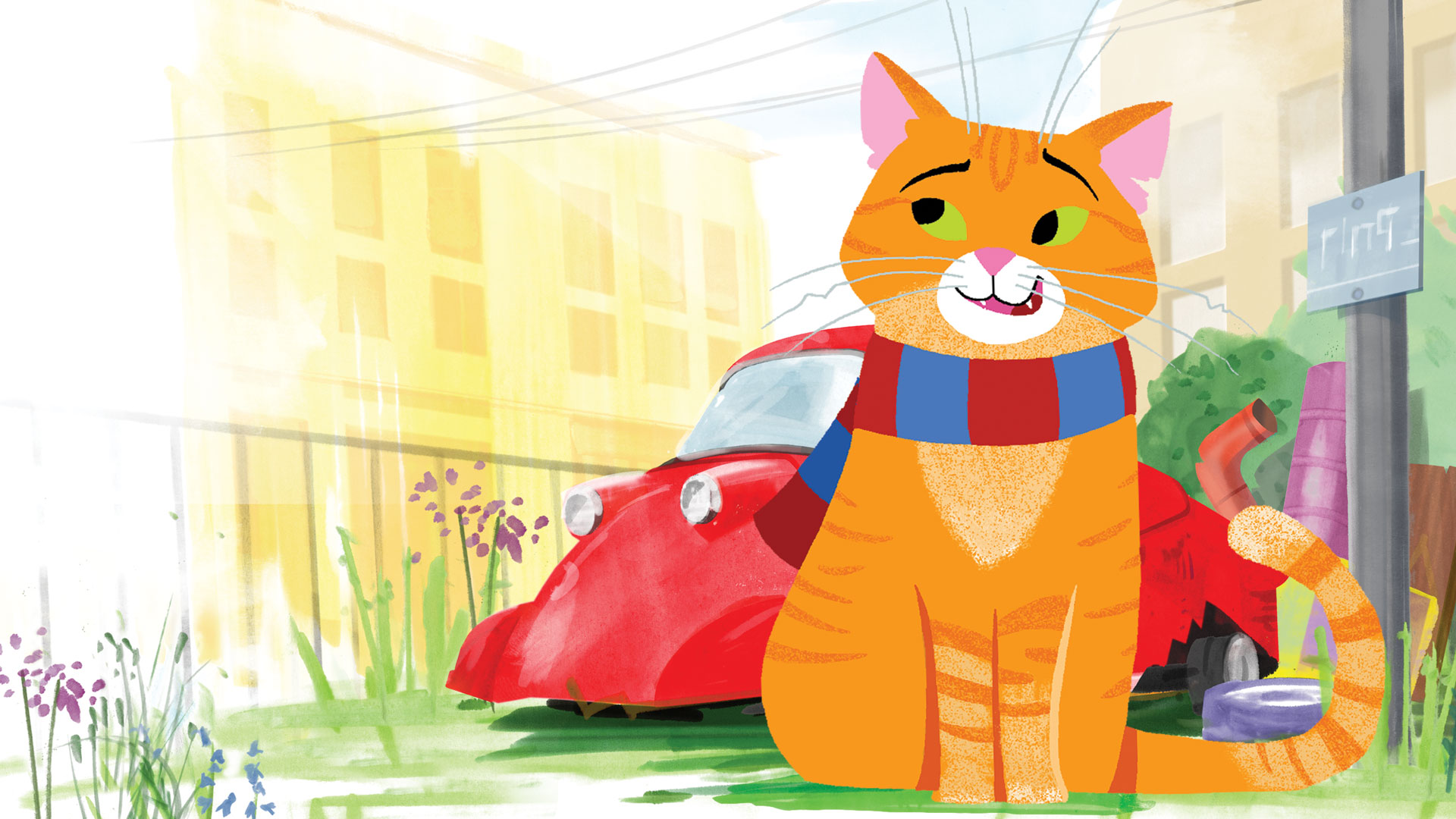It’s now six years since, while still working as a Big Issue vendor at the Angel in Islington, I first began sharing the story of my life-changing friendship with my ginger cat Bob. It’s been one heck of a ride. We’ve achieved things beyond my wildest imaginings; but it’s been the unexpected aspects of our success that have meant the most to me.
One of the most rewarding has been our story’s surprising popularity with young children. I say surprising because, when I initially set out to describe how Bob helped turn around my life as a reformed addict and rough sleeper, I thought the story was far too dark for a young audience. I didn’t think parents would want their children exposed to some of the tougher truths contained within the book. Some of it wasn’t pretty.

But, to my surprise – and I have to say, delight – our story has touched a nerve with younger readers too. What has been particularly gratifying has been the way parents have embraced the books as a way of communicating some difficult messages to their young children.
We’ve met many mums, dads and children not just here in the UK but around the world. Everywhere we go parents tell us that our story helps them to broach subjects that, otherwise, they might have found hard to tackle. In particular our two children’s picture books – My Name is Bob and Bob to the Rescue – have helped mums and dads explain a range of issues.
A few parents, for instance, have told us they like the fact Bob has helped to raise their children’s awareness of rescue cats and the role we can all play in helping them. My Name Is Bob imagines Bob’s life before he met me and portrays him living rough through no fault of his own. He is treated badly by almost everyone he meets. Several parents have told us how, inspired by poor Bob’s imaginary plight, their children have taken in cats from charities such as Blue Cross, Cats Protection and Battersea Cats and Dogs Home.

What’s really interesting is that, as time goes on, many parents tell me they use this as a stepping stone to explaining how people too can end up sleeping rough, again through no fault of their own. They use Bob as a means to explain the potentially upsetting and confusing sight of men and women sleeping in doorways and on pavements. What’s really inspiring about this is that many say they use this as an opportunity to teach their children how to deal with such encounters – and the underlying problems which have placed these people in this situation.










